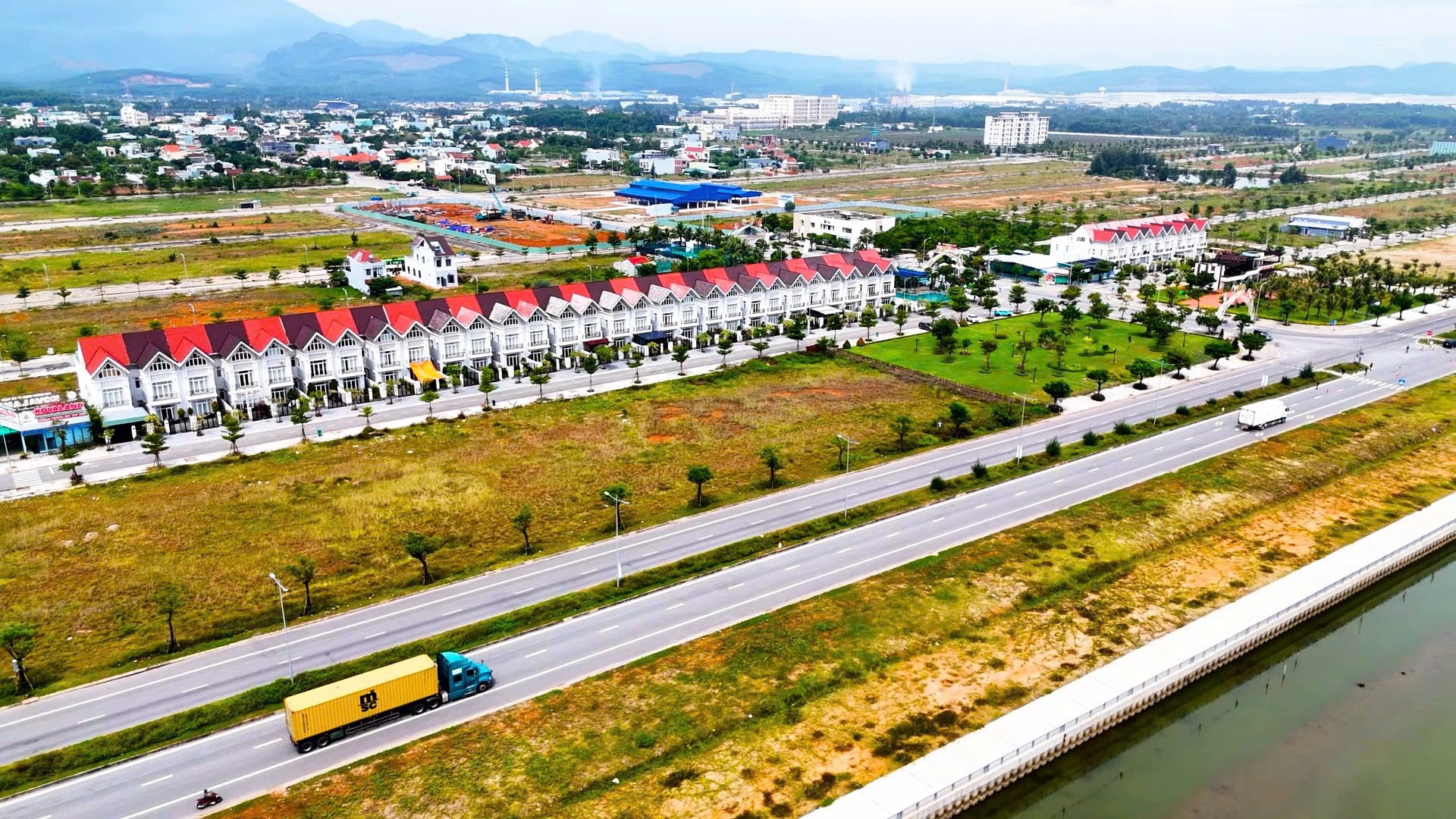
Glorious history
After the success of the August Revolution, on August 28, 1945, President Ho Chi Minh signed a decree to establish the Ministry of Transport and Public Works. Since then, August 28 every year has become the traditional day of the Vietnamese Transport sector.
For Quang Nam, in August 1946, the Provincial National Salvation Workers' Association held a congress in Hoi An and decided to mobilize workers to participate in building the government, develop membership, and build industry-based trade unions. In that spirit, the railway, automobile, and ship industry unions were born.
The nationwide resistance war broke out, workers in the transport industry carried out scorched earth resistance, participating in moving goods and equipment to the rear base.
After the French army expanded its occupation, Quang province had two distinct zones: the free zone in the South and the enemy-occupied zone in the North. In the free zone, the enemy continuously used planes to bomb and shell waterways, roads, warehouses, and ports in an attempt to cut off our traffic arteries.
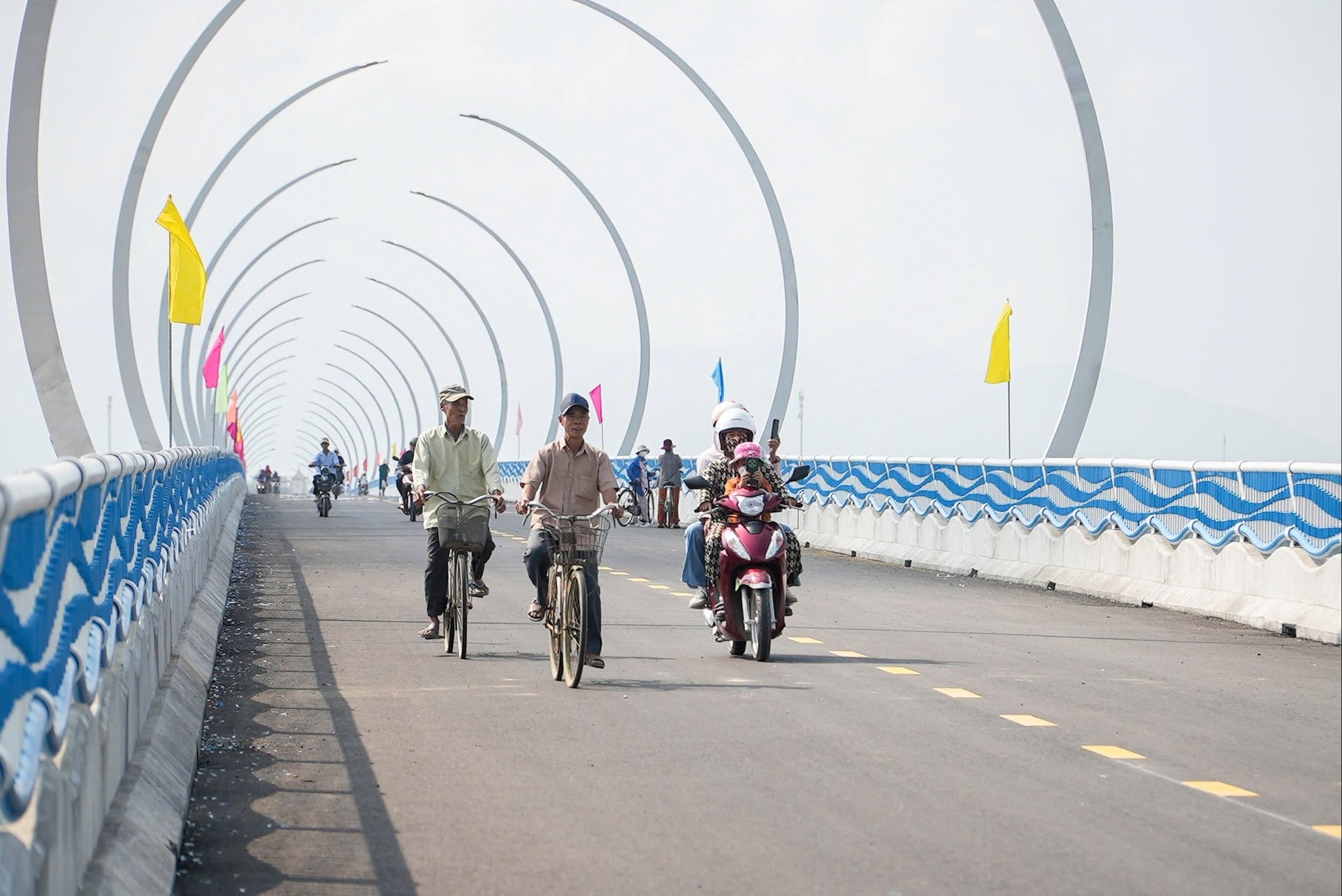
Since 1947, the transportation system in the liberated zone was gradually restored. In 1949, we mobilized the private sector to establish a car company and repair many roads.
The Quang region's transport sector actively participated in transporting food, provisions, and weapons to the battlefield. In the winter-spring of 1953-1954, Inter-zone 5 opened several more corridors to the Central Highlands, including two corridors through Quang region.
The first corridor is from Quang Ngai to Tra Bong through the communes of Tra My to Dak Glei (old Kon Tum ). The second corridor is from the Quang plain through Nuoc Oa, Tra Giac, Doc Vuot, Nuoc La, Man Tra and up to Dak Glei.
In 1967, the waterway corridor up and down Thu Bon River to Ba Huynh, Ba Xa; from Tranh River to Tra My, connecting the plains, coast to mountains was formed.
Quang Nam's transportation sector currently has hundreds of intra-provincial, inter-provincial, and international passenger transportation routes. Freight transportation is not only by road, but also by waterway. Da Nang currently owns 2 airports, of which Da Nang airport is an international airport. Chu Lai airport is calling for investment to become an international airport.
On August 30, 1968, the Quang Nam Provincial Party Committee decided to establish the Quang Nam Transportation Committee with 493 officers and soldiers; appointing comrade Pham Tham (aka Sau Do) as Head of the Committee.
The 1968-1969 Transport Project was built with the core task: Transport is an economic sector of special importance in the entire national economy, especially during the resistance period to regain independence and freedom for the country. If transport is deadlocked, all social activities will also be deadlocked.
Through the process of construction, development and many achievements, on February 27, 2002, the President awarded the title of Hero of the People's Armed Forces to the Quang Nam Transportation Board, the predecessor of the Department of Transport (now the Department of Construction).
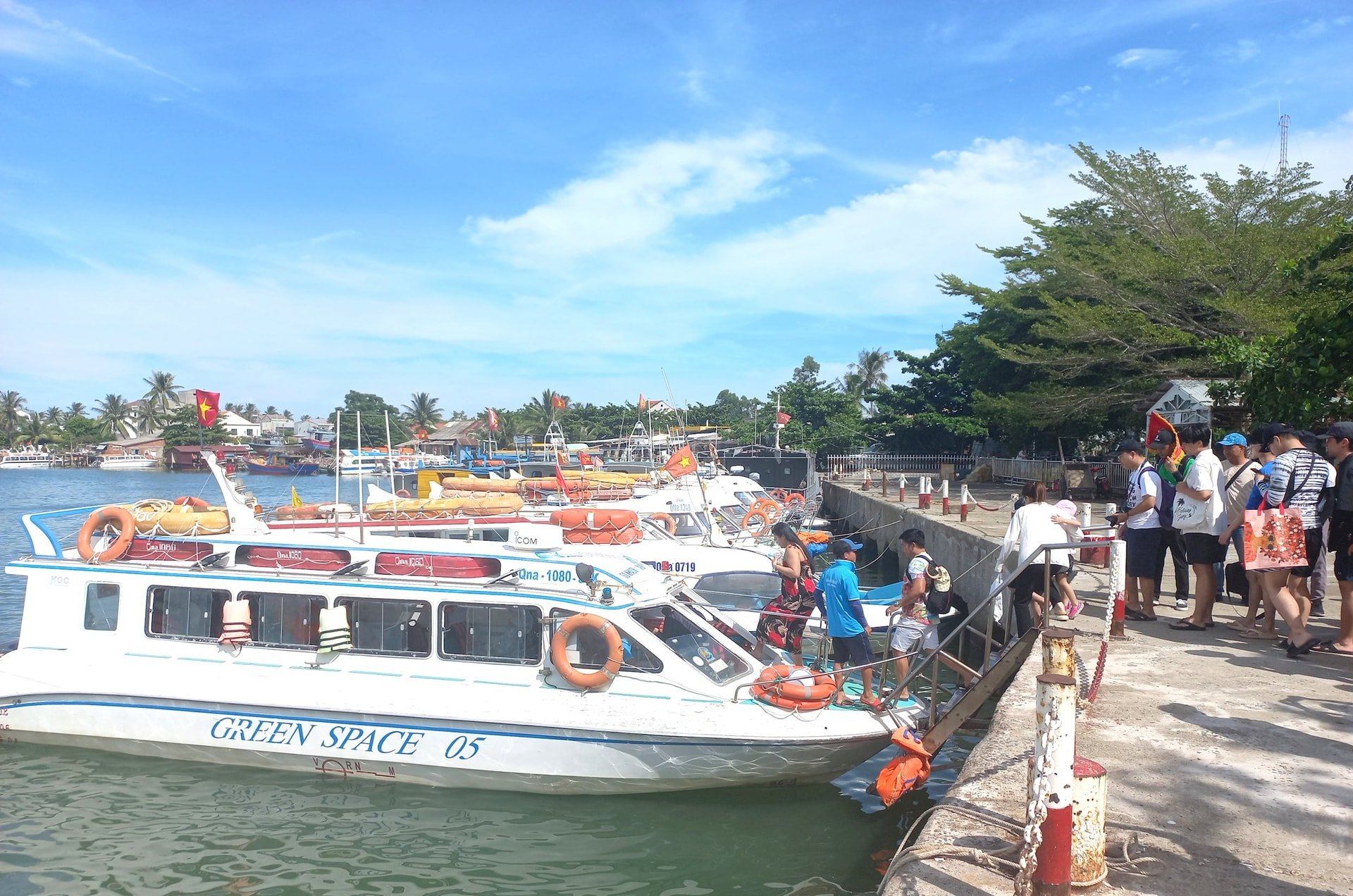
Road development
Mr. Truong Van Can - former Director of the Department of Transport of Quang Nam (now the Department of Construction of Da Nang) shared that after 80 years, the appearance of the transport sector of Quang Nam has changed completely. Now, the (new) city of Da Nang has roads, railways, waterways, and airways.
The industry has mobilized many sources of investment capital to build, upgrade, and expand urban roads, provincial roads, and national highways.
Many arterial roads running vertically and horizontally have been opened. Typically, the Vietnam coastal road, the section through Da Nang, stretches from the North beach (Son Tra peninsula) adjacent to the road to Chu Lai airport. National Highway 40B has its starting point at Tam Thanh beach and borders Ho Chi Minh road (in the old Kon Tum area).
The Southern, Western and Northern beltways that have been and are under construction will complete the beltway system; connecting the city's traffic network with the Central Highlands region through National Highway 1, National Highway 14B and Ho Chi Minh Road.
In the inner city, existing roads are expanded to ensure traffic flow, serving the urban renovation in a modern and civilized direction. Accordingly, Dien Bien Phu Street is expanded for the second time to 45m with 8 lanes.
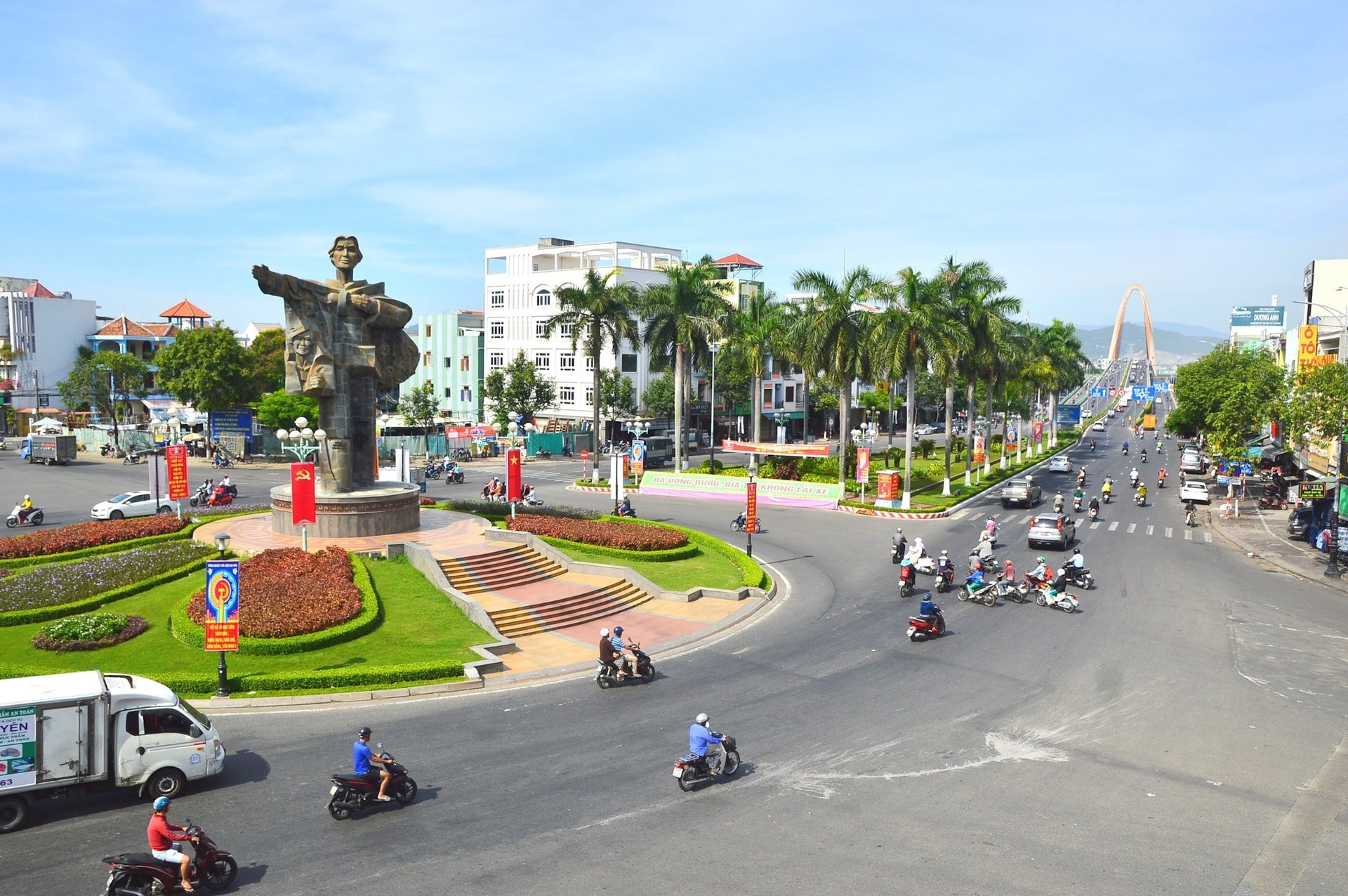
The overpass at Hue intersection on Dien Bien Phu street helps solve traffic congestion problems and ensures traffic safety between inner-city roads, Highway 1 and the North-South railway.
In the south, the Tam Hiep 2-storey overpass, built with investment from Truong Hai Group Corporation, has removed traffic conflicts between National Highway 1, the North-South railway, the access road to the Da Nang-Quang Ngai Expressway, and the flow of vehicles entering and exiting factories and seaports in the Chu Lai Open Economic Zone.
In addition to National Highway 1 being expanded under the BOT model, other national arterial roads passing through the city have received investment attention from the Central Government, such as the Da Nang - Quang Ngai Expressway and the La Son - Tuy Loan Expressway.
In the history of the industry, the movement to build rural traffic has developed strongly, leading to thousands of kilometers of roads being solidified with the motto "State and people work together", contributing to solving many pressing problems in rural areas; successfully building new rural communes.
The glorious history of the Quang Nam transport industry continued with the construction of bridges across the Han, Co Co, Vu Gia, Thu Bon, and Truong Giang rivers...
Do you remember more than 25 years ago, crossing the Han River was very difficult because there was no bridge; you could only go by ferry, ferry or cross the road around Nguyen Van Troi bridge, dozens of kilometers away.
The two banks are worlds apart. While the West bank is bustling and crowded, the East bank is quiet, with makeshift slums along the river with people struggling to make a living.
On March 29, 2000, the unique Han River swing bridge in the country was inaugurated, erasing the remoteness and "changing the face" of the East bank.
Source: https://baodanang.vn/mo-duong-phat-trien-xu-quang-3300517.html




![[Photo] Dan Mountain Ginseng, a precious gift from nature to Kinh Bac land](/_next/image?url=https%3A%2F%2Fvphoto.vietnam.vn%2Fthumb%2F1200x675%2Fvietnam%2Fresource%2FIMAGE%2F2025%2F11%2F30%2F1764493588163_ndo_br_anh-longform-jpg.webp&w=3840&q=75)



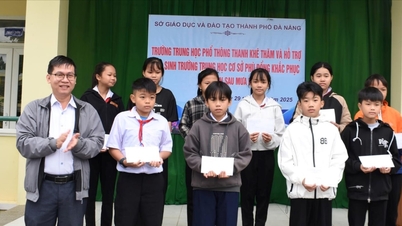
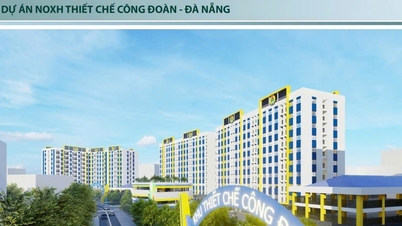
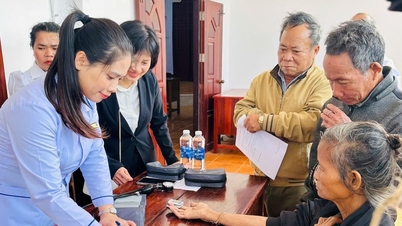
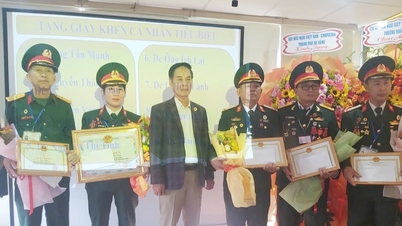
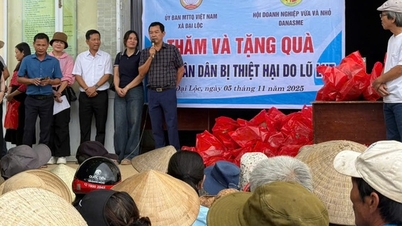

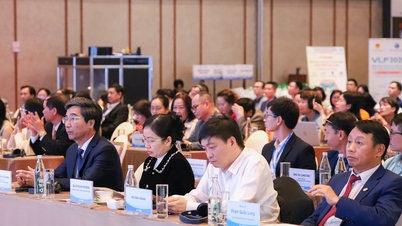
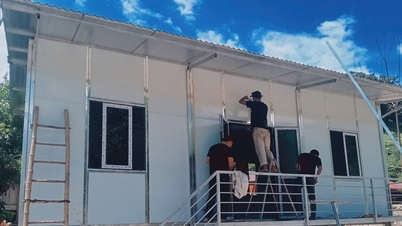


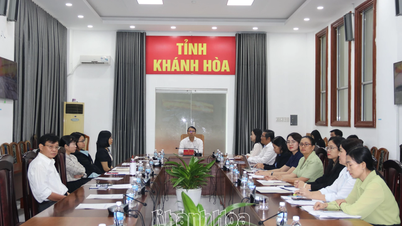

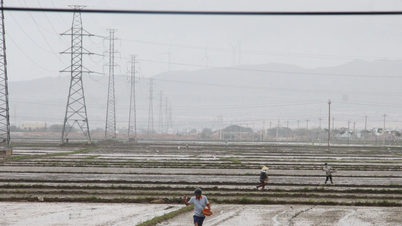

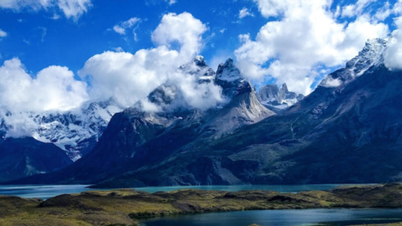







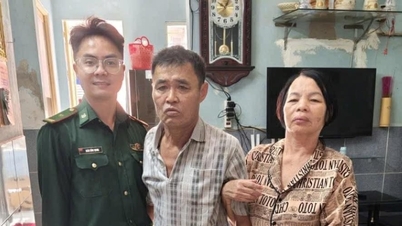
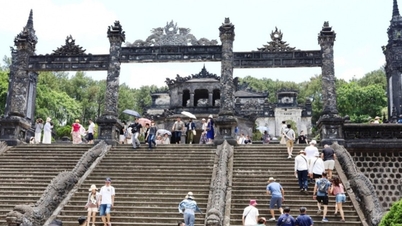








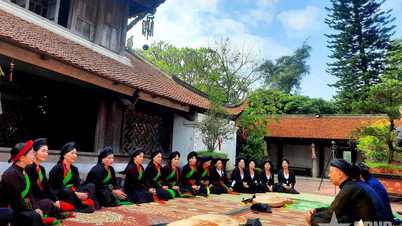




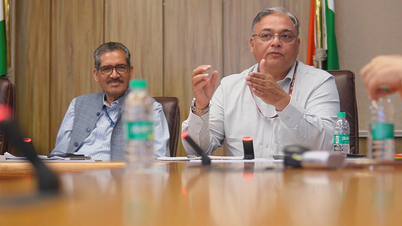

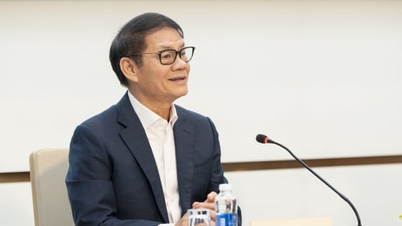

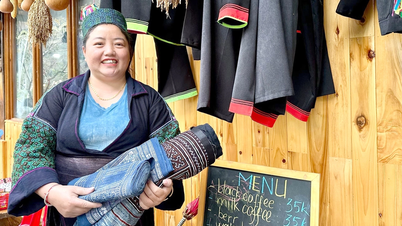





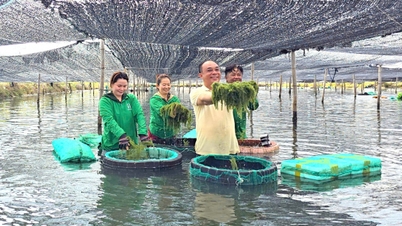




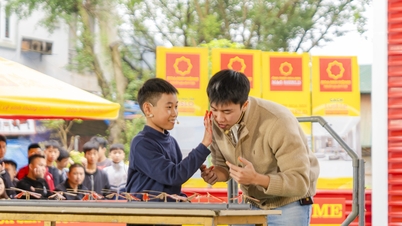
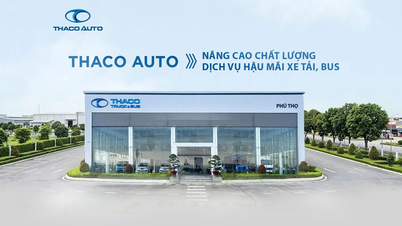

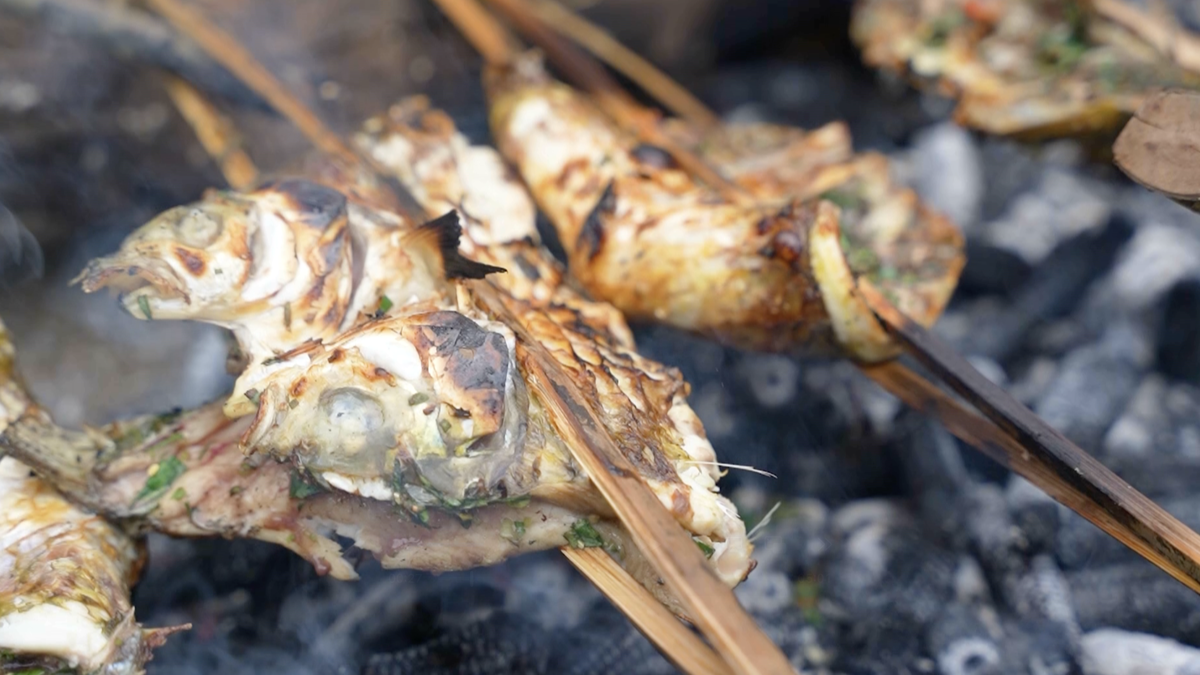



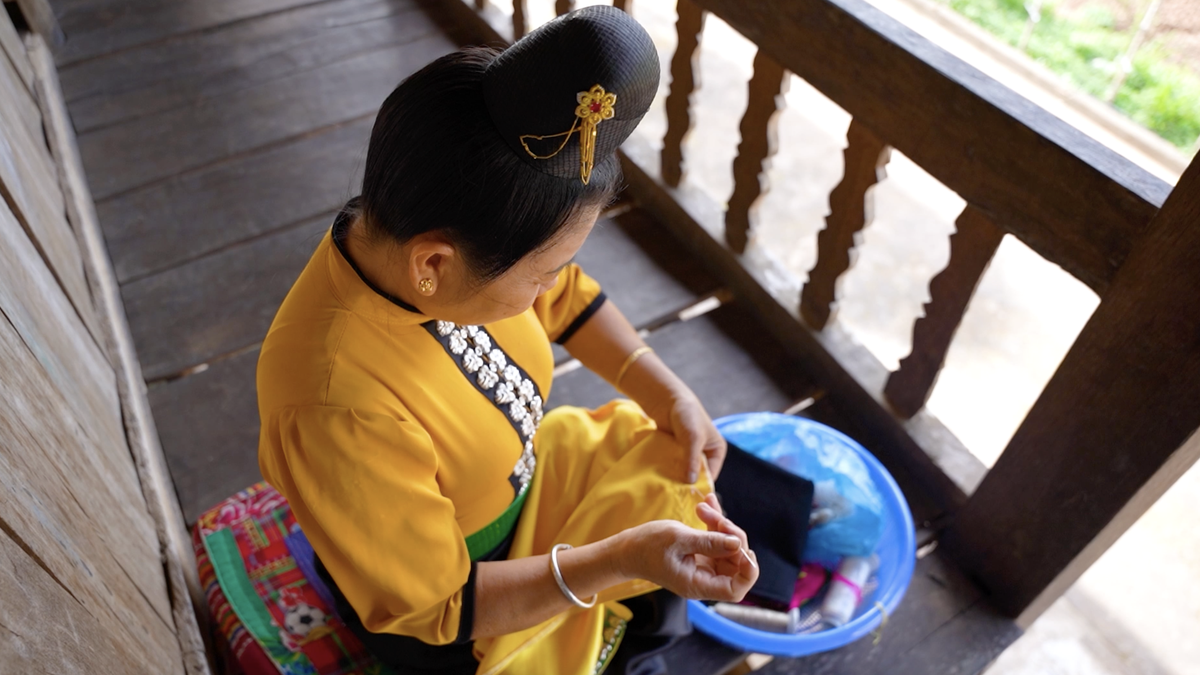

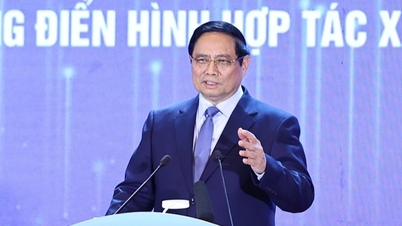
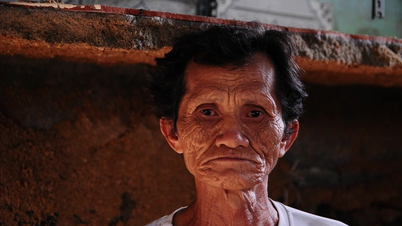


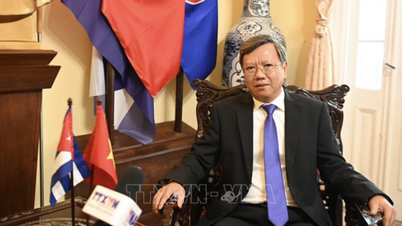

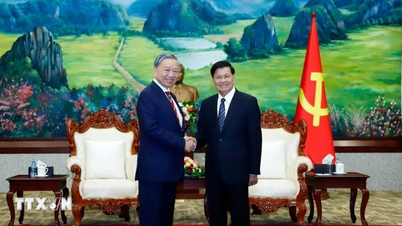


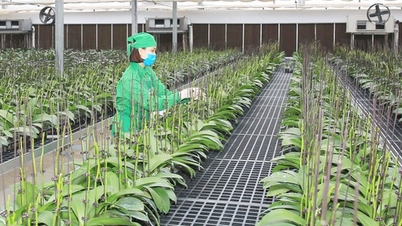




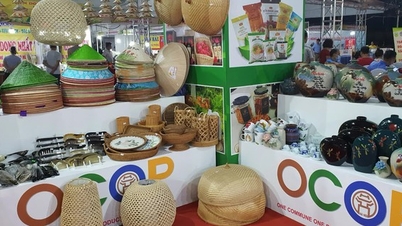





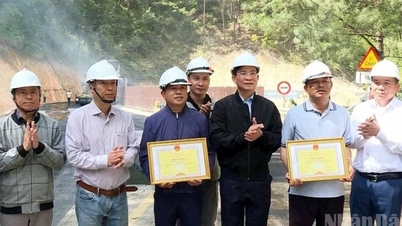
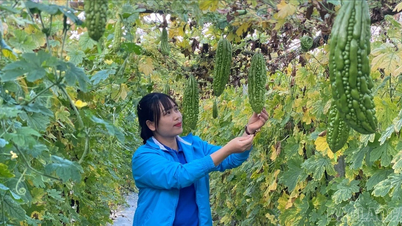

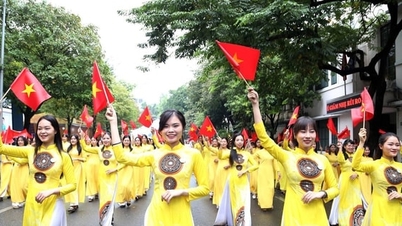









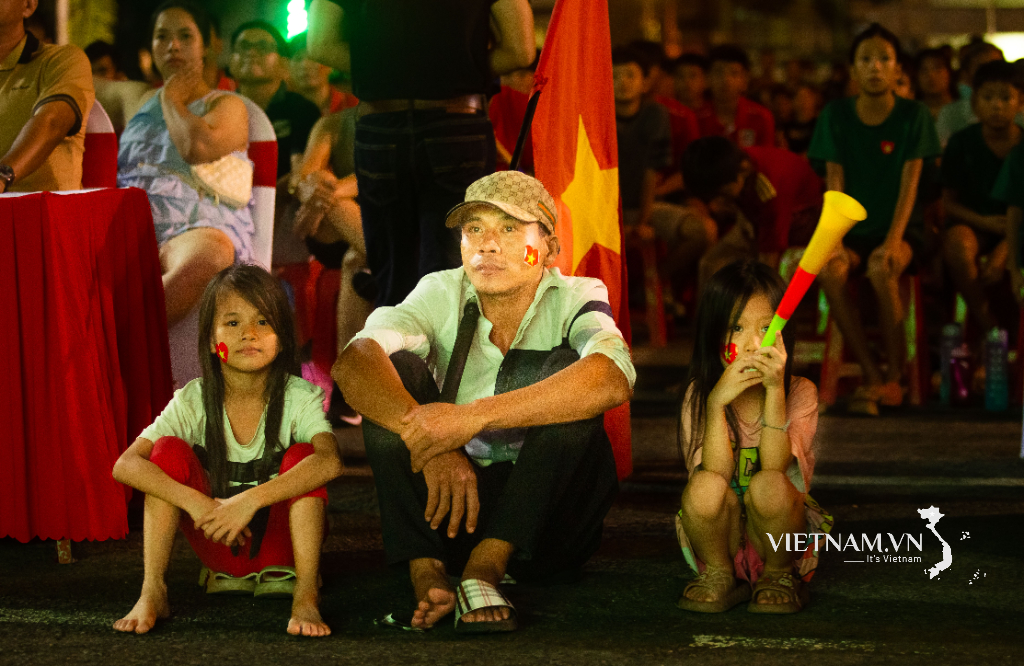

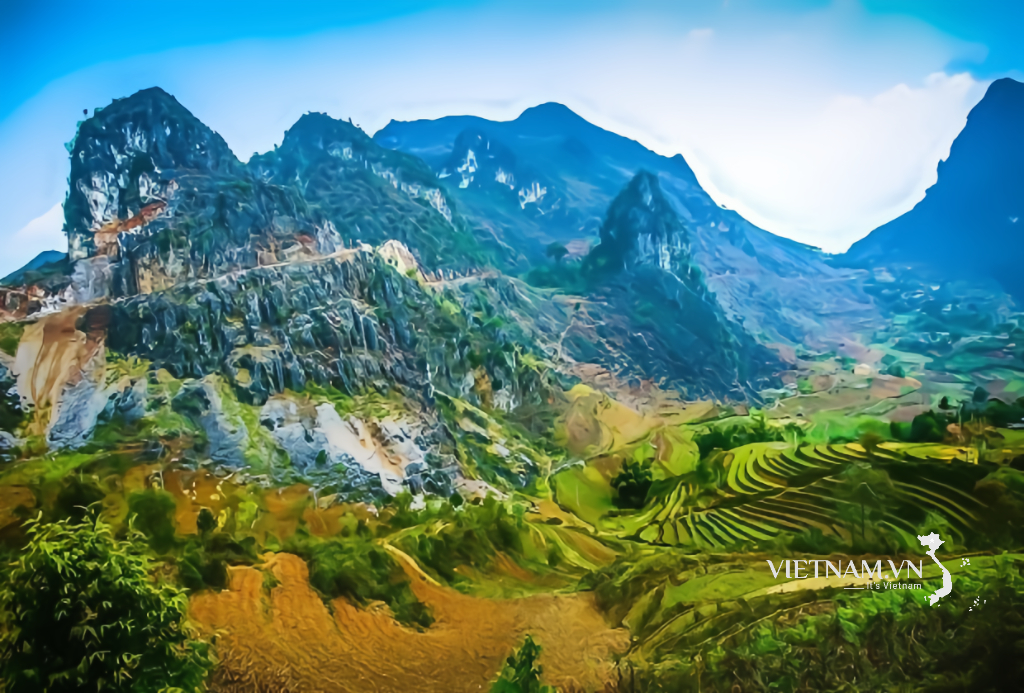
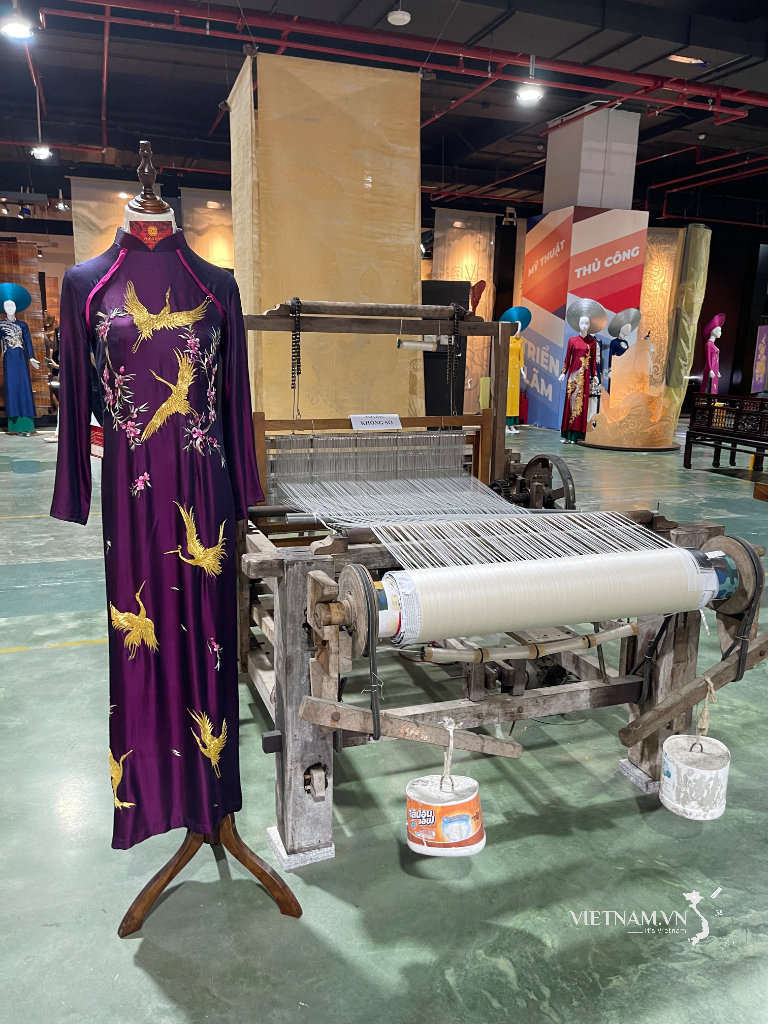
Comment (0)